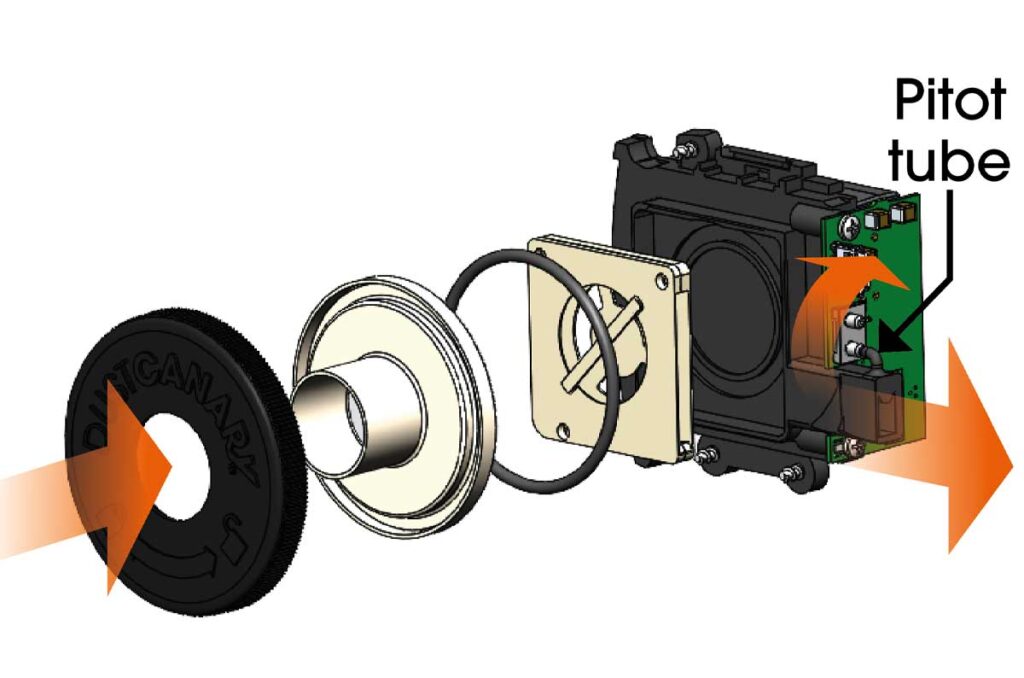Workplace air sampling measures the exposure of workers to gases and dust enabling control measures to be subsequently implemented to help protect workers’ health.
Breakthrough low impedance air sampling technology, developed by the Defence Science and Technology Laboratory (Dstl) working in partnership with the University of Hertfordshire, allows the production of notably compact, lightweight devices, with relevance not only for military use but also to the industrial world.
Gravimetric air sampling determines particulate mass concentration by taking a sample, collecting on a filter and looking at the change in weight of the filter at the time. Large sample flow rates are necessary to ensure the weight can be determined and typically over eight hours of sampling and sampling rates of 2l/min are required.
Traditionally, the sampling process involves a sampler device which is mounted in the breathing zone of the worker connected to a pump worn at the waist with a sampling tube. One of the key challenges in the development of this new air sampling technology was to combine the sampler and pump in a single device, therefore, eliminating the catch hazard of the sampling tube and producing a much lighter weight and smaller device for convenience of use.
Instead of a pump, the new air sampling technology utilizes a fan which has a sufficient pressure head to pull 200Pa of air flow and by using a low pressure drop HEPA, which has a pressure drop of around 80Pa, a sample is pulled through the filter operated with a 1000mA hrcapacity (8 hours) battery. The system also monitors flow rate on the exit so adjustments can be made for changes in pressure drop as the filter blinds therefore maintaining a constant flow rate of 2l/min.
Assessed at the HSE Laboratories in Buxton, compared to an IOM sampler and with different types of dust and flow rates, results show good correlation of dust levels in relation to the reference sampler verifying the device’s use for measuring inhalable dust.
To discuss the new air sampling technology further, please Contact us.

